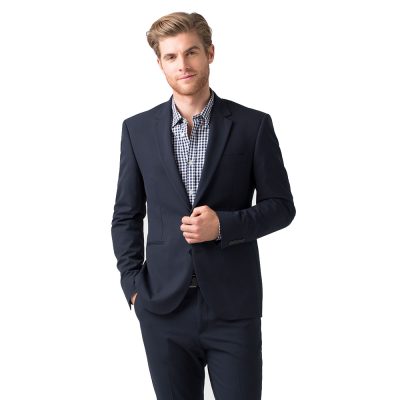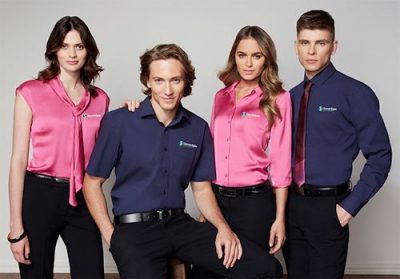Coveralls, a type of protective clothing worn by workers in various industries, are known for their versatility due to their design, material, and functional features. Here’s how their versatility is often demonstrated:
- Protection: Coveralls are designed to protect the wearer from various hazards, such as chemicals, dirt, debris, and even fire. The materials used in their construction can be chosen based on the specific hazards present in the working environment.
- Variety of Materials: Coveralls are made from a variety of materials, including cotton, polyester, polypropylene, and specialized fabrics such as flame-resistant materials. This allows them to be suitable for different work environments, from construction sites to laboratories.
- Customization: Coveralls can be customized to meet specific requirements. They can be made with extra pockets, reflective tape, hoods, and other features to enhance functionality based on the needs of the job.
- Full Body Coverage: Coveralls provide full-body coverage, protecting not only the clothing underneath but also the skin from exposure to potentially harmful substances. This makes them ideal for situations where exposure needs to be minimized.
- Various Industries: Coveralls are used in a wide range of industries, including construction, manufacturing, healthcare, agriculture, automotive, and more. This adaptability to different industries showcases their versatility.
- Ease of Use: Coveralls are typically designed for easy wearing and removal. This is crucial in situations where workers need to quickly don and doff their protective clothing.
- Regulatory Compliance: In industries with strict safety regulations, coveralls can help companies comply with safety standards. They can be designed to meet specific industry regulations, further highlighting their adaptability.
- Hygiene and Cleanliness: Coveralls are often used in environments where hygiene and cleanliness are essential, such as cleanrooms and healthcare settings. Their ability to prevent contamination showcases their versatility in maintaining controlled environments.
- Disposable and Reusable Options: Coveralls come in both disposable and reusable forms. This versatility allows for their use in situations where either a single-use solution is necessary or where a more durable option is required.
- Temperature Regulation: Some coveralls are designed with temperature regulation in mind. They may have features like ventilation openings or moisture-wicking properties to ensure the wearer remains comfortable in varying conditions.
- Visibility and Safety: High-visibility coveralls with reflective strips are commonly used in environments where visibility is crucial, such as road construction sites. This demonstrates how coveralls can serve as both protective gear and a safety measure.
- Specialized Designs: Coveralls can be tailored for specific roles, such as hazmat suits for handling hazardous materials, flight suits for aviation personnel, and anti-static coveralls for electronics manufacturing.
Overall, the versatility of coveralls lies in their ability to adapt to various industries, hazards, and working conditions while providing comprehensive protection to the wearer. Whether it’s for safety, hygiene, regulatory compliance, or comfort, coveralls offer a flexible solution for a wide range of applications.




















